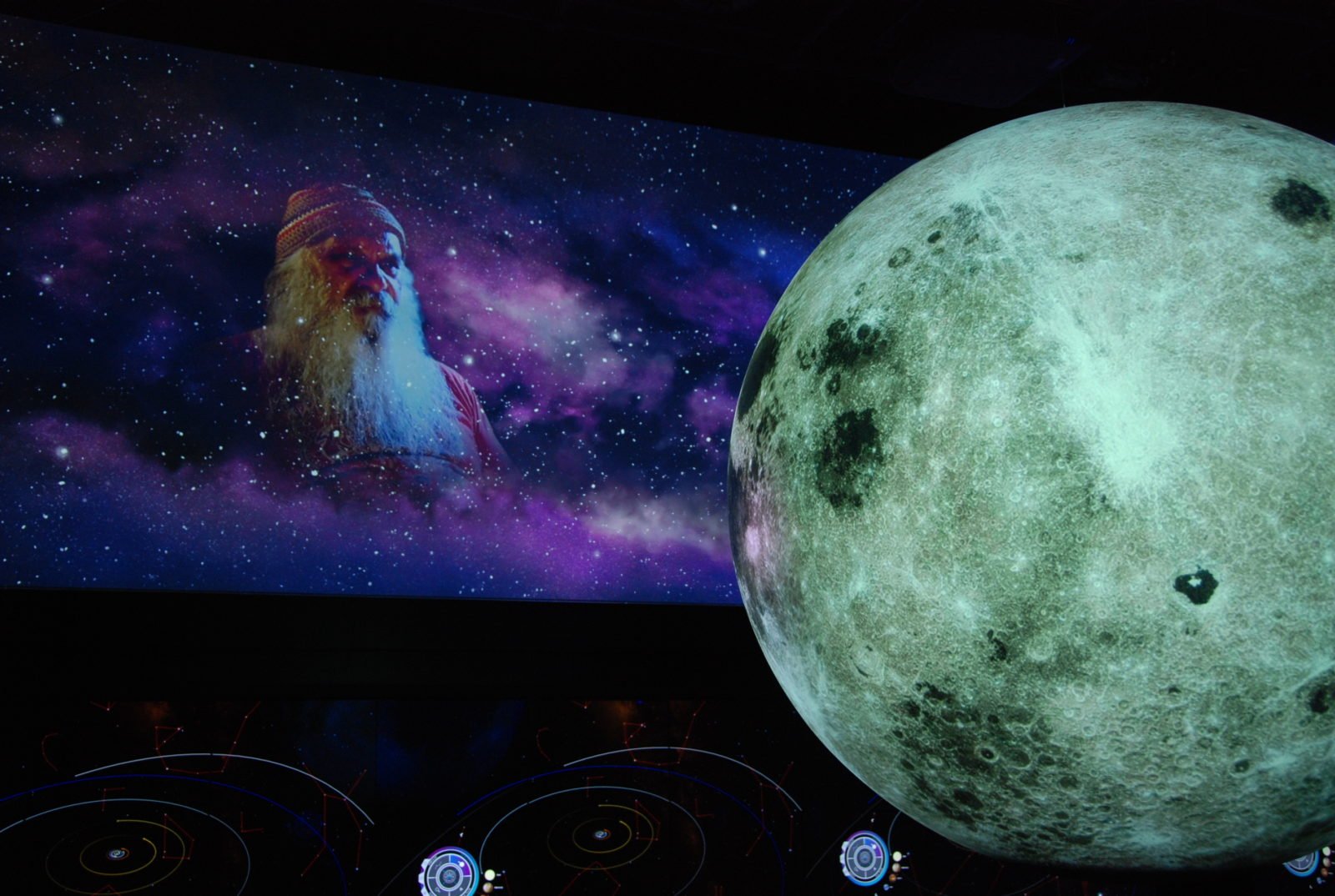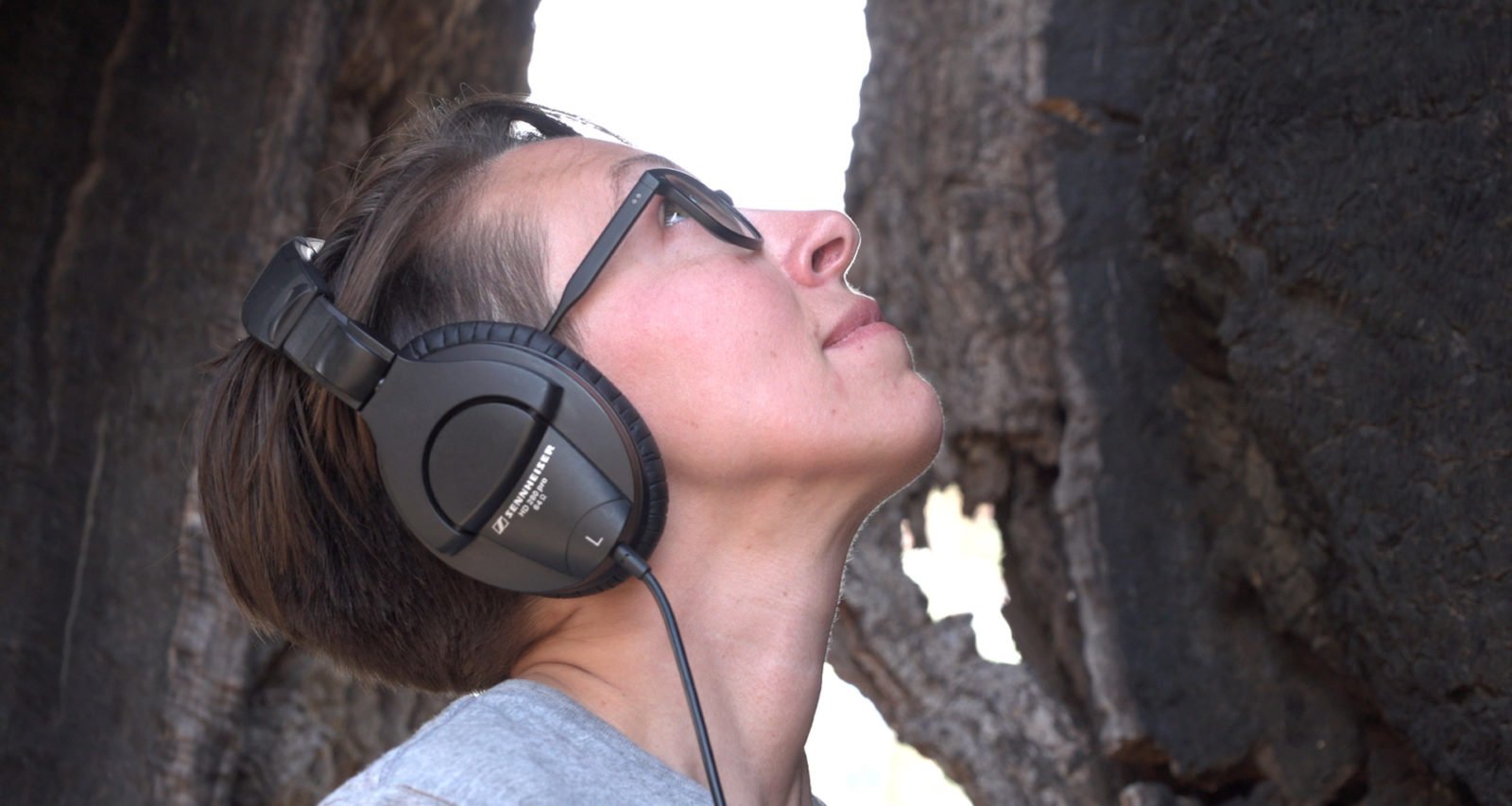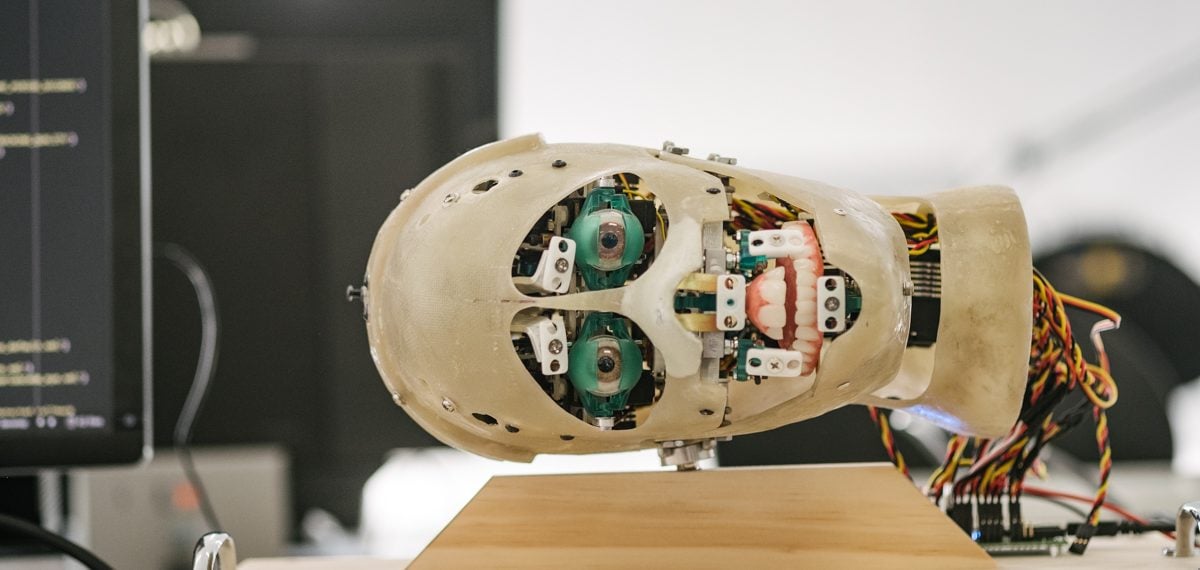
Exhibit Details
Open MayOct 2018
Ground LevelUniversal Gallery
Warning
MOD. respects First Nations communities and cultures. Aboriginal and Torres Strait Islander people should be aware that this exhibition/ exhibit contains images, voices and the names of Aboriginal and Torres Strait Islander people and may include those who are deceased.
Come and explore the night sky. Our Sky.
The science of astronomy is only one way of knowing the universe. Storytelling, observation, dreaming, art, philosophy, exploration, and experience are other ways that we can make sense of the solar system around us. Our Universal Gallery invites you to travel the cosmos in new and interesting ways.
First Nation perspectives offer you Aboriginal ways of knowing science, the sky, and place. Follow these stories as you take a tour through space using the Microsoft WorldWide Telescope. Bathe in the light of Australia’s first Science on a Sphere and transform it into the earth, sun, moons, and planets of our solar system.
Our Sky challenges you to question your knowledge of the universe, through both Aboriginal and non-Aboriginal ways of knowing.
Introducing the World Wide Telescope and Science on a Sphere
Hello, and welcome to the solar system. That tiny dot over there? That’s the earth…
Eye-catching and immersive, the WorldWide Telescope and Science on a Sphere will transform your experience of the universe.
The WorldWide Telescope is a virtual telescope that allows you to explore the solar system like never before. Using images and data from some of the world’s most advanced telescopes, it forms a powerful 3-D visualisation of the universe. Originally developed by Microsoft, it has since taken on a life of its own. Anyone from around the world (or beyond) can contribute data or use it. It is now an open source project on GitHub, managed the American Astronomical Society.
MOD. is also home to Australia’s first Science on a Sphere, a six-foot, three-dimensional video projection that can show entire planets – and much more. Created by the National Oceanic and Atmospheric Administration (NOAA), it’s a jaw-dropping piece of technology, using computers and projectors to display planetary data onto a room-sized sphere. Interactive and unique, Science on a Sphere invites you to experience an astronaut’s view, without leaving the ground.
Our Sky will feature models of the earth, the sun and other planets and moons, scaled to a size you can walk around and examine in great detail.
Discover more
Play
WorldWide Telescope webversion
Watch
Stories in the sky: Indigenous Astronomy, SBS, 2014.
Read
Credits
- Karl Telfer Narration
- Carolynanha Johnson Narration
- Bunna Lawrie Narration
- Major Sumner Narration
- Jake Cooper Film Production
- Phil Van Hout Audio Production
- National Oceanic and Atmospheric Administration (NOAA) Science on a Sphere
- Microsoft/ Open Source World Wide Telescope
- Queensland University of Technology World Wide Telescope Programming









